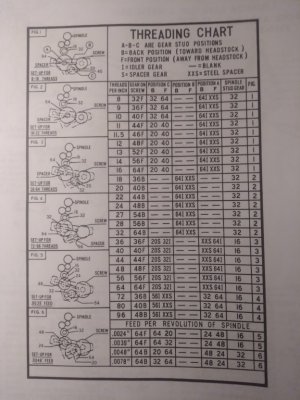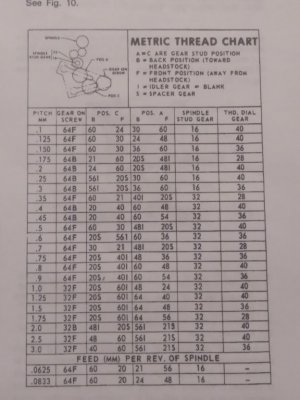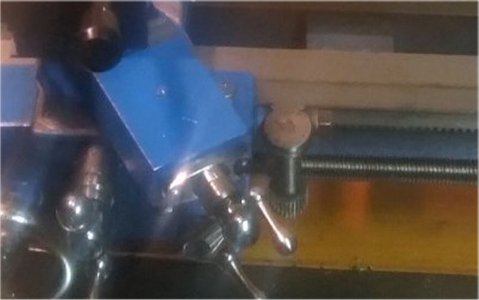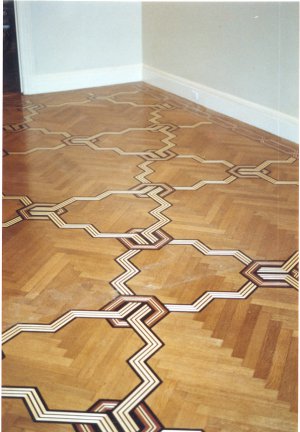- Joined
- Dec 3, 2023
- Messages
- 81
I've been trying to improve my skill set, so I have been reading a lot, watching videos and experimenting daily with my lathe because I want the parts I make to be excellent quality. I recently found that my thread dial actually has 3 different thread dial gear possibilities that are changed for threading different pitches. The only gear I have for my thread dial is the 28 tooth gear that is currently on there. The other 2 gear sizes according to my manual are 36 teeth, and 40 teeth. My threading chart shows which dial gear corresponds with which common metric thread pitches, so if I had them I could swap them when appropriate and not make mistakes based on trusting a thread dial with the wrong gear installed. 
I called clausing and those gears are discontinued items, so my chances of buying the stock ones made for the machine is remote. I think another opportunity might be to buy a printed gear. I have a friend who does CAD for Microsoft, so I bet I can get him to print me a few gears.... I have to call him... I don't think they need to be made of metal because they are just turning a tiny dial. Finally, I'll make them myself out of delrin if I can't buy them.
Anyone have all their gears for their MK2 thread dial? Anyone make them or have them printed??
Thanks in advance for any help
I called clausing and those gears are discontinued items, so my chances of buying the stock ones made for the machine is remote. I think another opportunity might be to buy a printed gear. I have a friend who does CAD for Microsoft, so I bet I can get him to print me a few gears.... I have to call him... I don't think they need to be made of metal because they are just turning a tiny dial. Finally, I'll make them myself out of delrin if I can't buy them.
Anyone have all their gears for their MK2 thread dial? Anyone make them or have them printed??
Thanks in advance for any help





